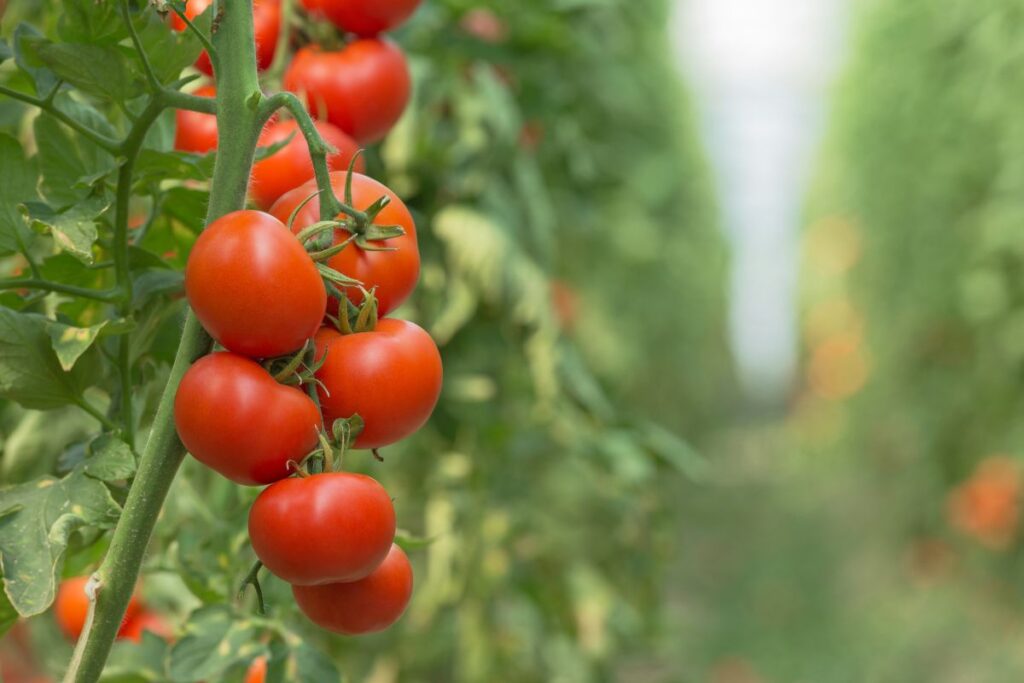Growing tomatoes is one of the most rewarding gardening activities, attracting both amateur and experienced gardeners alike. The question of whether tomatoes can thrive when planted directly in the ground rather than in pots or containers is a topic of great interest. This detailed guide explores the methods, benefits, and considerations involved in planting tomatoes directly into your garden soil.
The basic requirements for planting tomatoes in the ground
Before you decide to plant your tomato seeds directly in the garden, understanding the fundamental needs of tomato plants is essential. Tomatoes require plenty of sunlight, adequate water, and nutrient-rich soil to develop a strong root system and produce healthy fruit. Typically, a site that receives at least six to eight hours of sunlight per day is ideal. Additionally, the soil should be well-draining and rich in organic matter.
- Assess the pH level of your soil; tomatoes prefer slightly acidic to neutral soil (pH 6.0-7.0).
- Enhance soil quality by incorporating compost or well-aged manure before planting.
Testing and preparing your soil a few weeks before planting will give you a head start on creating an optimal growing environment for your tomatoes.
Choosing the right time for planting
Timing is critical when deciding to plant tomatoes directly in the ground. Tomatoes are warm-weather plants and should be planted after the danger of frost has passed in your area. In many regions, this corresponds to late spring or early summer. Planting too early in the season can expose seedlings to cold temperatures that inhibit growth and may lead to frost damage.
To find out the best planting times, local extension services or online resources like gardening blogs and YouTube channels focused on gardening can provide valuable regional-specific advice.
How to plant tomato seeds directly in the garden
Planting tomato seeds directly outside has its sets of steps to ensure success:
- Prepare the soil by loosening it and adding organic matter as needed.
- Plant seeds about a quarter-inch deep into the soil, spacing them roughly 24 inches apart.
- Cover lightly with soil and water gently but thoroughly to avoid washing away the seeds.
- Mulch around the planting area to retain moisture and control weeds.
Paying attention to these details can significantly increase the likelihood of your tomatoes thriving.
Pros and cons of direct sowing versus transplanting
Each method of planting tomatoes has its advantages and disadvantages:Direct sowing:
- Advantages: Reduces transplant shock, saves time on potting and hardening off plants, and may lead to stronger root systems.
- Disadvantages: Higher risk of seed loss due to weather conditions, pests, and diseases; slower initial growth.
Transplanting:
- Advantages: Allows better control over the growing conditions during the early stages, leads to earlier maturity and harvest.
- Disadvantages: Can cause transplant shock, which might temporarily stall plant growth; requires extra resources like pots and starter mix.
Deciding between direct sowing and transplanting typically depends on your specific gardening environment and personal preferences.
Aftercare: Ensuring success after planting
Once your tomato seeds are planted directly in the ground, consistent care is vital to nurture the sprouting plants. Regular watering — keeping the soil moist but not soggy — is crucial. Additionally, monitor your plants closely for any signs of disease or pest infestation, which can be more prevalent in outdoor settings.
As the plants grow, staking or using cages to support their structure can prevent damage and promote vertical growth, especially important in maximizing exposure to sunlight during those long summer days.
Overcoming challenges: Weather and pests
One significant concern when planting directly outdoors is dealing with variability in winter and spring weather patterns. Unexpected frost can damage young seedlings, hence the importance of monitoring local weather forecasts and using protective measures such as row covers or cloches if a sudden drop in temperature is anticipated.
In addition to weather, pests pose a real threat to outdoor-grown tomatoes. Common culprits include aphids, tomato hornworms, and slugs. Employ organic pest control methods like introducing beneficial insects, hand-picking larger pests, and using natural repellents to protect your crop without resorting to harsh chemicals.
Growing tomatoes directly in your garden can be a fulfilling endeavor, providing fresh, flavorful fruits straight from your backyard. With proper care, consideration of timing, and protection against potential threats, your groundwork will indeed pay off in the bounty of beautiful tomatoes.

